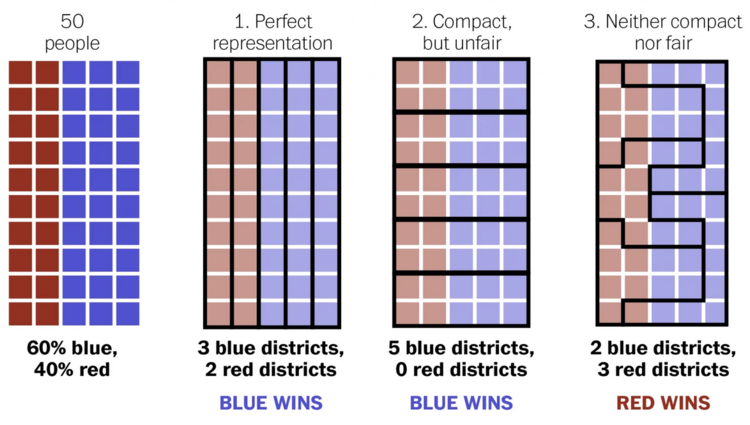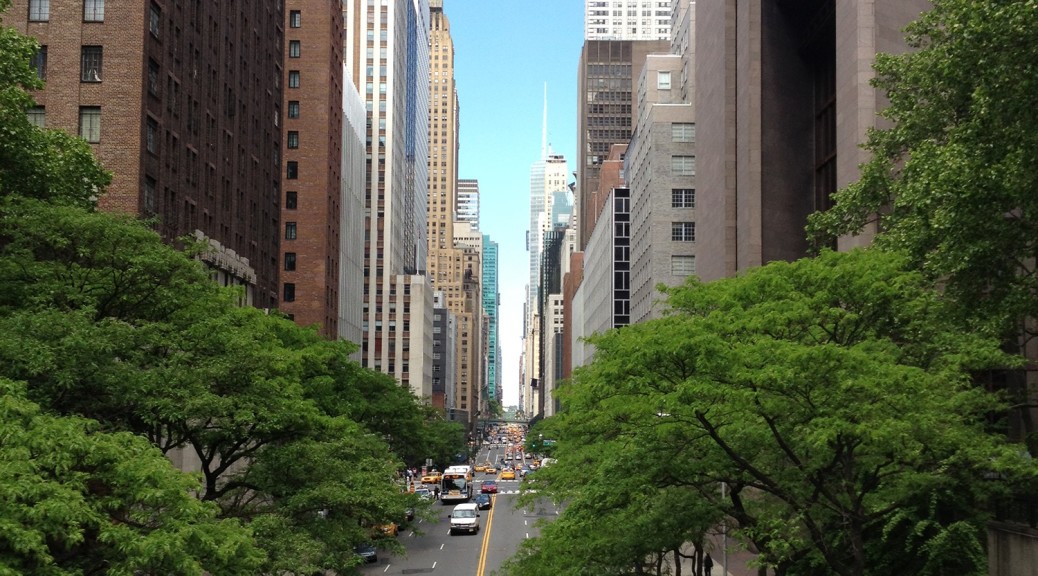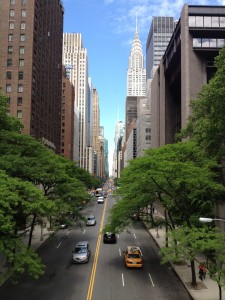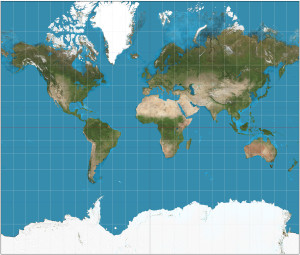Around the country some schools have been back in session for a few weeks, some just started, and the rest will be starting shortly. I wanted to take this opportunity to welcome all of the students that are taking AP® Human Geography this year. This website will serve as a tool for students and faculty looking for additional resource beyond what is available in the classroom or textbooks.
Last year my classroom students attained the highest pass rate in my school district’s history. I look forward to challenging that mark this year with my new crop of ninth graders.
Also, for those students needing help beyond the classroom and the resources on this site, I am available for private tutoring sessions throughout the school year. Last year every student I privately tutored passed the AP® Exam. For more information on how “The Human Geo Guy” can help you, or to contact me directly, please follow this link.
Best wishes for a great school year and lots of passing scores on May 13, 2016.
Danny Sanchez “The Human Geo Guy”





